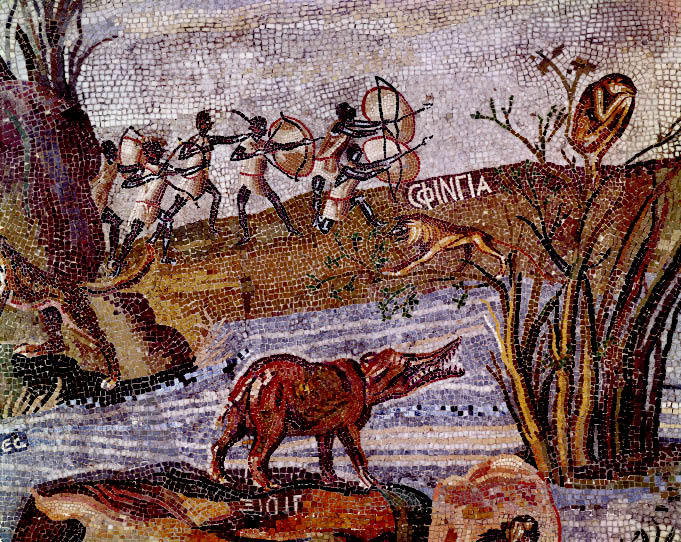N.B. This review was published without its final two paragraphs in the 18th December 2010 issue of The Spectator. These paragraphs have been reinstated for the online version below.
These volumes — four for now, and a further six to come — are saddled with a title redolent of lantern lectures delivered in Godalming, say, round about the time that Rorke’s Drift became legendary overnight. The Image of the Black suggests people, or things, of a certain stamp. Penny blacks, so to speak: picked out with tweezers, profiles raised, their blackness being their distinction, their black face value assessed within the swelling majesty of Western Art.
That was the idea, anyway, back in the Sixties when Dominique Schlumberger de Menil, co-founder of the de Menil Foundation in Houston, Texas, thought how good it would be to assemble a photo archive of fine art down the ages in which the ‘Image of the Black’ could be seen to figure, no matter how marginally. The thought was that, at a time when segregation still obtained, this would be Southern hospitality of sorts, extending to Afro-Americans a helpful hand, showing them pictures to identify with and feel good about. Mrs de Menil argued:
Many works of art contradicted segregation. A sketch by a master could reveal a depth of humanity beyond any social condition, race or color. So why not assemble these artworks in an exhibition or a book? With such a naïve approach, a serious enterprise was started.
Within a few years some 30,000 photographs were on file. Selections from these were published in the late Seventies which, expanded and rendered more attractive with a wealth of colour reproductions, now serve as the first stages of a projected edifice of inspirational empowerment underpinned with scholarship.








Comments
Join the debate for just £1 a month
Be part of the conversation with other Spectator readers by getting your first three months for £3.
UNLOCK ACCESS Just £1 a monthAlready a subscriber? Log in